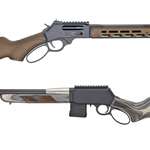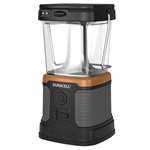
Guns are rarely worn out through normal use. Given reasonable care and shooting only with the proper ammunition, most quality handguns will last for decades. Abuse, on the other hand, can destroy a nice gun in very little time. And sometimes the abuse can be ill-conceived modifications to a gun that could not possibly be improved. Take the case of the Smith & Wesson M&P revolvers made for the United Kingdom forces during World War II. The British service revolver cartridge was the .38/200, which is interchangeable with the .38 S&W (not the same as the .38 Spl). Tens of thousands of these fine revolvers were made and shipped to Great Britain, used by various British Army forces and put in storage after the war. Some may have never been issued. Most of them eventually came home via the war surplus route. More than a few were absolutely ruined before they were sold to American handgunners.
That’s a positive statement but lamentably a true one. S&W was able to meet the demand for these guns because they were making them when the war started. The M&P revolver was a staple of the line in 1940, and was available in several calibers, including both .38 S&W and .38 S&W Spl. The .38 S&W is a short, thick rimmed revolver cartridge designed for the company’s top break revolvers, such as the Baby Russian model in 1877. The .38 S&W Spl. is a long, lean rimmed revolver cartridge intended for the M&P revolver in 1899. Neither is a true .38 caliber. The .38 S&W uses a .3604-inch barrel and the .38 S&W Special has a .3565-inch tube, as determined by recent measurement. Therefore, the two models not only had different bore dimensions, they also had different chamber specifications.
Of the two cartridges, the longer and thinner S&W .38 Spl. was the more powerful and therefore the more popular. When those .38 S&W revolvers came back into the country, the importers realized they would sell much better as .38 Spl. They employed technicians (undeserving of the title of gunsmith) to use .38 Spl. chambering reamers to lengthen the chambers, so that a .38 Spl. would fit. It as a loose slip fit, wide enough near the rim to cause a .38 Spl. to expand and stick in place. Worse, these bastardized chambers sometimes caused even good quality ammo to split, blowing gas and brass particles all over the place. It was a stupid thing to do and can only be corrected by installing a new .38 S&W cylinder or a new S&W .38 Spl. cylinder and barrel. These ruined guns are still in circulation—I have seen them at recent gun shows.













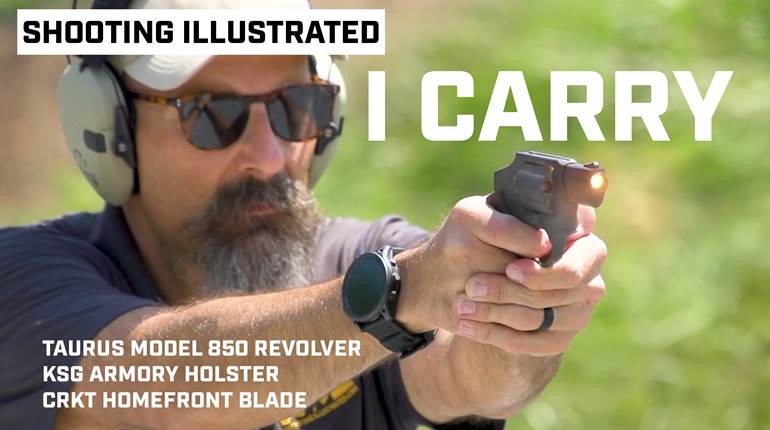
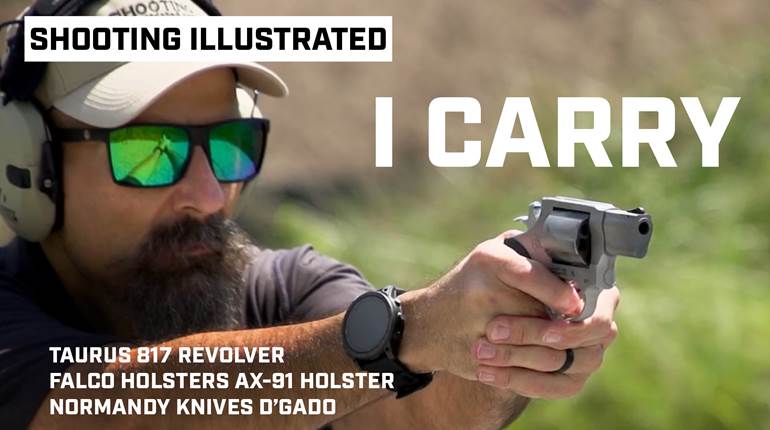
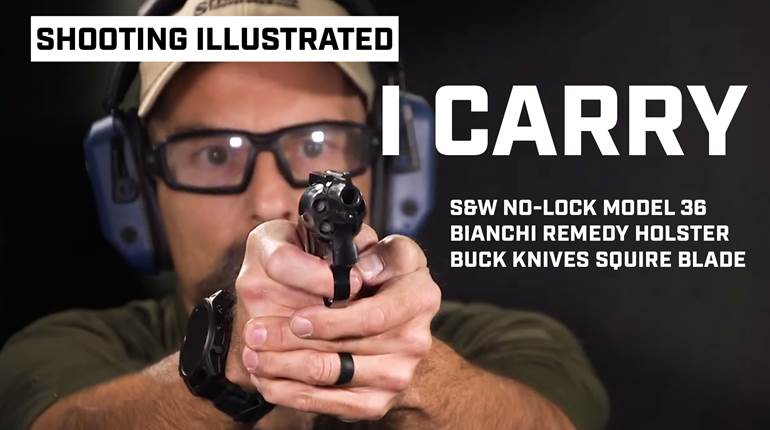



![Auto[47]](/media/121jogez/auto-47.jpg?anchor=center&mode=crop&width=770&height=430&rnd=134090788010670000&quality=60)
![Auto[47]](/media/121jogez/auto-47.jpg?anchor=center&mode=crop&width=150&height=150&rnd=134090788010670000&quality=60)



